Leanne Ogasawara in The Rumpus:
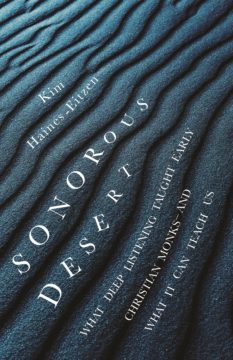 In Jo Walton’s 2019 fantasy novel Lent, Renaissance friar Girolamo Savonarola goes around Florence using his gift of prophecy to root out and banish demons. They do not exactly hide from him. Loud and in his face, the demons are detected first and foremost by their cacophony. Boldly bellowing in his ears, they are impossible for him to ignore. It is a swarming shrieking that fills up all the space in the rooms in which he finds himself.
In Jo Walton’s 2019 fantasy novel Lent, Renaissance friar Girolamo Savonarola goes around Florence using his gift of prophecy to root out and banish demons. They do not exactly hide from him. Loud and in his face, the demons are detected first and foremost by their cacophony. Boldly bellowing in his ears, they are impossible for him to ignore. It is a swarming shrieking that fills up all the space in the rooms in which he finds himself.
For Savonarola, hell is an assault of sound.
In her new book, Sonorous Desert: What Deep Listening Taught Early Christian Monks—and What It Can Teach Us, Kim Haines-Eitzen thinks about the way hermits and monks in antiquity used to take to the hills and flee to the desert to remove themselves from the noise of everyday life; for in the midst of the city, how can a person hear the voice of God?
It wasn’t just the Christian mystics and desert fathers either. The Stoic philosopher Seneca described in great detail the noises coming from a bathhouse just below the room where he was writing, expressing his irritation at the distracting “babel” all around him.
More here.

 Can money buy happiness? Two authors of this article have published contradictory claims about the relationship between emotional well-being and income. We later agreed that both studies produced valid results and that it was our responsibility to search for an interpretation that explains both findings. We engaged in an adversarial collaboration and asked Barbara Mellers to be the facilitator. This article reports the outcome of our work.
Can money buy happiness? Two authors of this article have published contradictory claims about the relationship between emotional well-being and income. We later agreed that both studies produced valid results and that it was our responsibility to search for an interpretation that explains both findings. We engaged in an adversarial collaboration and asked Barbara Mellers to be the facilitator. This article reports the outcome of our work. The year 2023 is still young, and already there have been at least
The year 2023 is still young, and already there have been at least 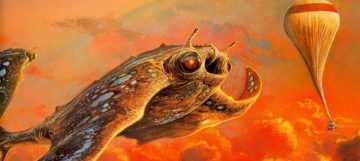 I first read Carl Sagan’s Contact and Cosmos in high school, when I was working at a bookstore that let us borrow any book we had at least two copies of on the shelves. I loved them then and was excited to revisit these books in the course of my research for The Possibility of Life. A scene from Cosmos had stayed with me—and confounded me—for almost twenty years, and I was ready to make new sense of it. But when I got to the place in the book where the scene should have been, the chapter just ended.
I first read Carl Sagan’s Contact and Cosmos in high school, when I was working at a bookstore that let us borrow any book we had at least two copies of on the shelves. I loved them then and was excited to revisit these books in the course of my research for The Possibility of Life. A scene from Cosmos had stayed with me—and confounded me—for almost twenty years, and I was ready to make new sense of it. But when I got to the place in the book where the scene should have been, the chapter just ended.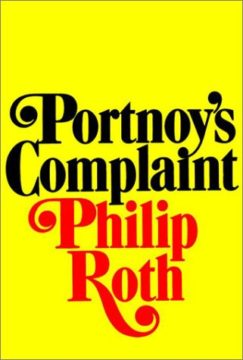
 For Rick Doblin, 2023 could be a landmark year: the year that the US government decides whether it will allow the
For Rick Doblin, 2023 could be a landmark year: the year that the US government decides whether it will allow the  There is plastic in our bodies; it’s in our
There is plastic in our bodies; it’s in our  M
M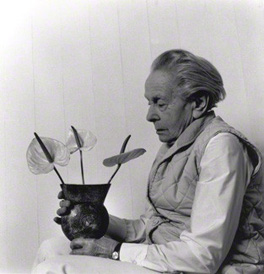
 In
In 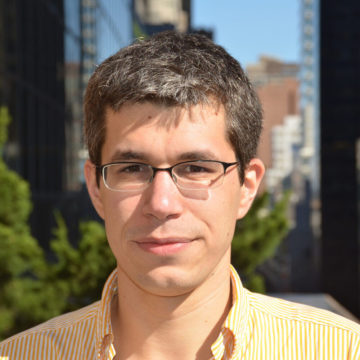 Here at the Mindscape Podcast, we are firmly pro-reason. But what does that mean, fundamentally and in practice? How did humanity come into the idea of not just doing things, but doing things for reasons? In this episode we talk with cognitive scientist Hugo Mercier about these issues. He is the co-author (with Dan Sperber) of
Here at the Mindscape Podcast, we are firmly pro-reason. But what does that mean, fundamentally and in practice? How did humanity come into the idea of not just doing things, but doing things for reasons? In this episode we talk with cognitive scientist Hugo Mercier about these issues. He is the co-author (with Dan Sperber) of  At a rally in 2019, California Assembly Speaker Anthony Rendon
At a rally in 2019, California Assembly Speaker Anthony Rendon  I got to admit, when I pictured the robots 🤖 coming, I didn’t think they’d be here to do our students’ homework and write their essays, but that day has arrived! Many schools and districts around the country have already put the site behind a firewall but trust me, the cat is out of the bag and its not going back in! I do not think that is the right call and I think we must get ahead of this instead of trying to ineffectually sweep it under the rug. So, I wanted to write a little article about how teachers can use Chat GPT in the classroom. So, if you don’t know, CHATGPT is an AI software (currently free to use though that might change soon) that can do a ton of writing tasks when given commands. Students can use chatgpt to ask questions and receive answers or to generate entire written assignments based on any prompt.
I got to admit, when I pictured the robots 🤖 coming, I didn’t think they’d be here to do our students’ homework and write their essays, but that day has arrived! Many schools and districts around the country have already put the site behind a firewall but trust me, the cat is out of the bag and its not going back in! I do not think that is the right call and I think we must get ahead of this instead of trying to ineffectually sweep it under the rug. So, I wanted to write a little article about how teachers can use Chat GPT in the classroom. So, if you don’t know, CHATGPT is an AI software (currently free to use though that might change soon) that can do a ton of writing tasks when given commands. Students can use chatgpt to ask questions and receive answers or to generate entire written assignments based on any prompt.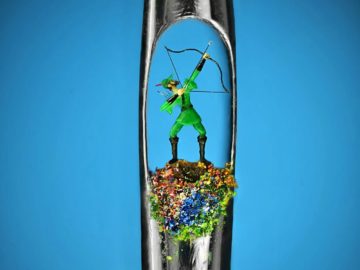 Artist
Artist